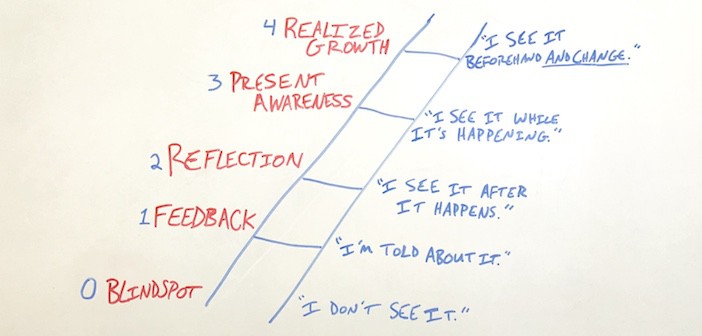Each time church leadership transitions from one generation to the next, outdated terms are exchanged for fresh language. New leaders find new words to present the same message to a new generation. Many churches no longer have “fellowship” though they still build strong relationships. What once was a “sermon” is now often referred to as a “message” or “talk.”
This exchange of terms should once again be on the forefront of our minds as a new generation has fully entered adulthood. Millennials (ages 18-34) were very recently only the focus of youth pastors. Now they are sitting in your main auditorium. Yet I’m concerned that many church leaders have not adjusted their communication to speak to this new audience.
[Tweet “Millennials were recently the focus of youth pastors. Now they’re sitting in your main auditorium.”]
Last week, Tony Morgan and The Unstuck Group released a new eBook on Reaching and Leading Millennials. In the Introduction, Tony shares that, “Fulfilling God’s purposes requires figuring out how to speak the language of all of the different generations.” I hope you’ll take his challenge to do just that. As you do, here are four words I believe we need to reconsider when communicating with Millennials:
1. Community
This word has been confused for years as church leaders use it with two different meanings. Sometimes it refers to the surrounding area they are working to reach. Other times it refers to deep relationships among believers. Millennials tend to use it with the first definition especially considering their heavy focus on community service and social justice. Church leaders who want to engage this generation should do the same.
Do you have a track record of community service to discuss with Millennials?
2. Worship
The Millennial generation holds the greatest rate of religious “nones.” It is hard for religious “nones” to worship a deity they do not yet believe in. Inviting them to do so can be immediately disengaging. Many church signs invite people to “Come worship with us.” Worship leaders often open service with a “call to worship.” Instead, explain why you sing the songs you do and invite them to reflect on the message of the lyrics.
Are you asking Millennials to worship God before they have met Him?
[Tweet “Inviting Millennials to worship God before they’ve met Him can be immediately disengaging.”]
3. Relevant
Truthfully, there’s really no harm in using this term. I’m just afraid we use it too much when it’s not actually true. Adding moving lights to a stage does not make a church relevant. Neither does putting coffee in the lobby. Relevance exists in its truest form when the content of the message applies directly to the needs of the audience. Every week, pastors must understand and speak to the needs of a new generation sitting in front of them. It is difficult to communicate relevantly to an audience unless you have gotten to know it personally.
Is the content of your messages relevant to Millennials? Have you asked them?
4. “Infallible Word of God”
There is nothing inherently wrong with using this term. In fact, I believe you should in intentional teaching moments. But saying it without explaining it can actually do more harm than good. As Tiffany Delucca explains, “young non-Christians don’t simply disagree with it, many are skeptical of people who make claims like that.” Before you close this page and start shouting, “heresy,” take a minute to read Tiffany’s full thoughts in Reaching and Leading Millennials.
Are you explaining the value of the Bible or expecting Millennials to simply believe it?
 The Church is faced with a new opportunity to engage a generation that may very well be the most unreached group in the history of our country. Reaching and Leading Millennials from Tony Morgan and The Unstuck Group is a free resource to help you do just that. It is packed full of insight while remaining a quick read. Once you’ve read it, take time to do your own research with the Millennials in your church.
The Church is faced with a new opportunity to engage a generation that may very well be the most unreached group in the history of our country. Reaching and Leading Millennials from Tony Morgan and The Unstuck Group is a free resource to help you do just that. It is packed full of insight while remaining a quick read. Once you’ve read it, take time to do your own research with the Millennials in your church.
[Tweet “The Church has an opportunity to engage what may be the most unreached generation in American history.”]



